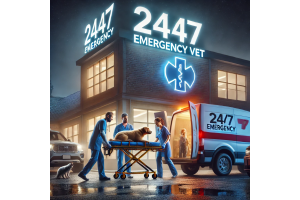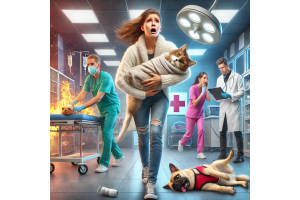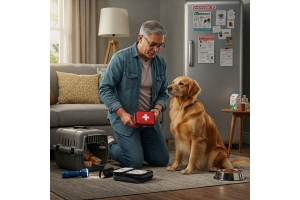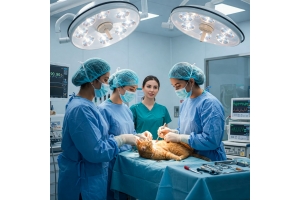What to Expect During an Emergency Vet Visit
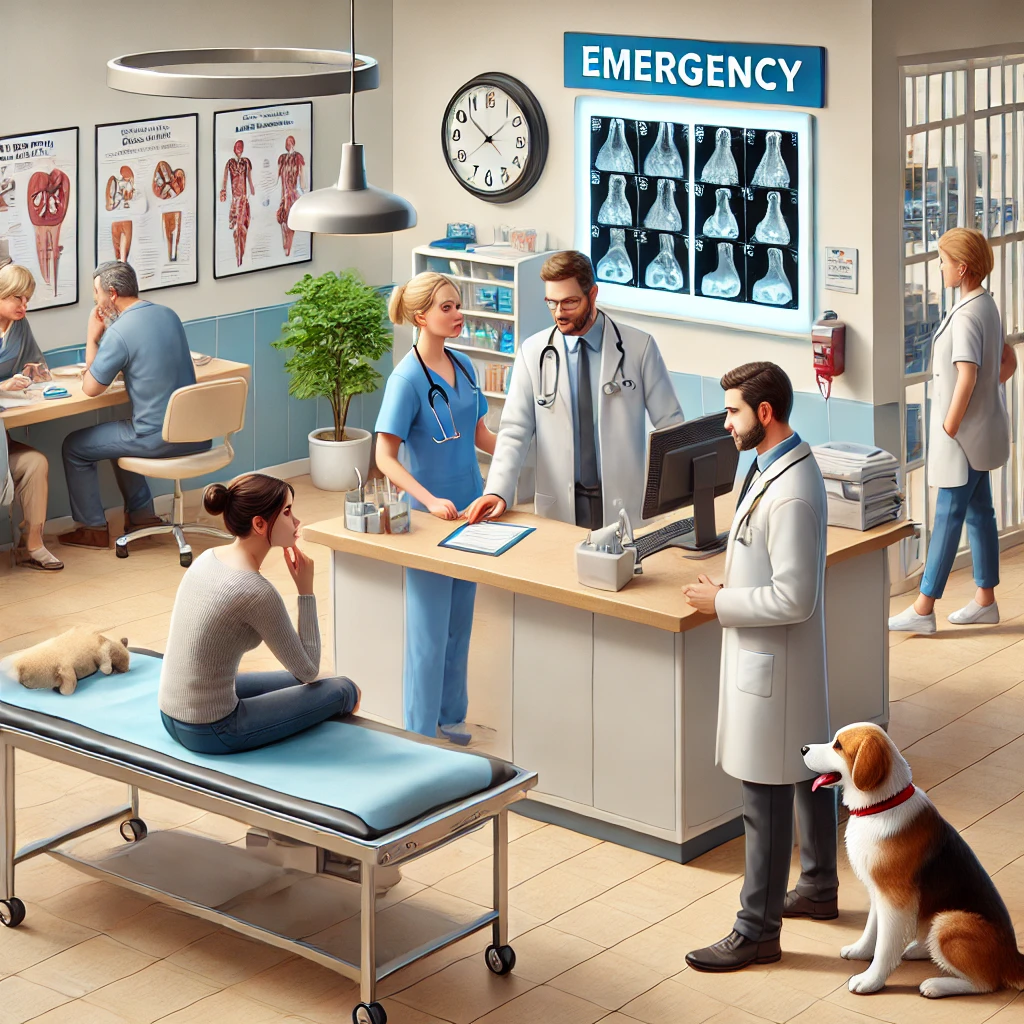
When your pet requires urgent care, it’s crucial to be prepared for an emergency visit to the veterinary hospital. Emergencies can happen suddenly, and knowing what to expect can ease the stress and help your furry friend get the care they need as quickly as possible. Here’s a step-by-step guide on what happens during an emergency vet visit.
- Arrival and Triage
The first thing that happens when you arrive at the emergency pet hospital is an initial assessment by the veterinary team. They will quickly gather key information about your pet’s symptoms, recent activities, and medical history. If your pet is in critical condition, they may go straight to triage, where the team prioritizes care based on the severity of the situation. For example, pets with severe bleeding or difficulty breathing will be treated first, while less critical cases may have to wait.
- Emergency Care Begins
Once triaged, your pet will receive immediate medical care to stabilize them. The care provided depends on the condition, but it may involve the administration of fluids, medications, oxygen, or pain relief. For pets in serious distress, intravenous fluids (IV fluids) are commonly given to stabilize hydration and circulation, while other medications may be used to manage pain or control bleeding.
- Diagnostic Testing
In many emergency situations, diagnostic tests are necessary to determine the underlying cause of the condition. These may include:
- X-rays: To assess bone fractures or internal injuries.
- Blood Tests: To check for infections, organ function, or toxins in the bloodstream.
- Ultrasound: To examine internal organs like the liver, kidneys, and intestines for abnormalities.
- ECG (Electrocardiogram): To monitor heart activity in cases of suspected heart problems.
These diagnostic tools help the veterinary team make informed decisions about treatment and further interventions.
- Treatment Plan
Once your pet’s condition has been assessed and stabilized, the veterinary team will present a treatment plan. This may include various options based on the severity of the emergency. For example, if your pet has ingested a toxic substance, they may need medications to induce vomiting or activated charcoal to absorb the toxin. If your pet has suffered an injury, surgical intervention might be necessary.
In some cases, your pet may need to be transferred to a specialized facility for more advanced care. The veterinary hospital may also refer your pet to a specialist for certain conditions, such as orthopedic surgery or neurology treatments.
- Surgery and Specialized Care
If surgery is necessary, the veterinary team will prepare your pet for the procedure, which may include anesthesia and other preparations. Some common types of emergency surgeries include:
- Laceration Repair: For deep cuts or puncture wounds.
- Fracture Fixation: To stabilize broken bones.
- Gastric Dilatation Volvulus (GDV): A life-threatening condition in some large breeds that requires immediate surgery to correct.
The surgery will be performed by experienced veterinary surgeons, who will explain the procedure, risks, and recovery process in detail before moving forward.
- Post-Surgical Care and Monitoring
After any surgery or major treatment, your pet will require careful post-operative monitoring. They may need to stay in the hospital for observation to ensure they’re recovering well from the procedure or treatment. The veterinary staff will closely monitor your pet’s vitals, including heart rate, breathing, and temperature.
Recovery time can vary depending on the type of surgery or treatment your pet received. For example, pets who undergo orthopedic surgery may need a longer recovery period, while minor treatments like wound cleaning may only require short-term monitoring.
- Communication and Updates
Throughout the emergency treatment process, the veterinary hospital staff will communicate with you regularly, providing updates on your pet’s condition. You may also be asked to make decisions about further treatment or long-term care, such as whether your pet will need ongoing rehabilitation, physical therapy, or follow-up visits.
- Discharge and Follow-up Care
Once your pet has stabilized and is no longer in immediate danger, they will be discharged from the emergency hospital. You’ll be given detailed instructions for post-care, which may include medication administration, wound care, dietary adjustments, and restrictions on activity.
Follow-up appointments will be scheduled to monitor your pet’s recovery and ensure no complications arise. For example, after surgery, your pet may need regular check-ups to assess the healing of the wound or the functionality of a repaired bone.

